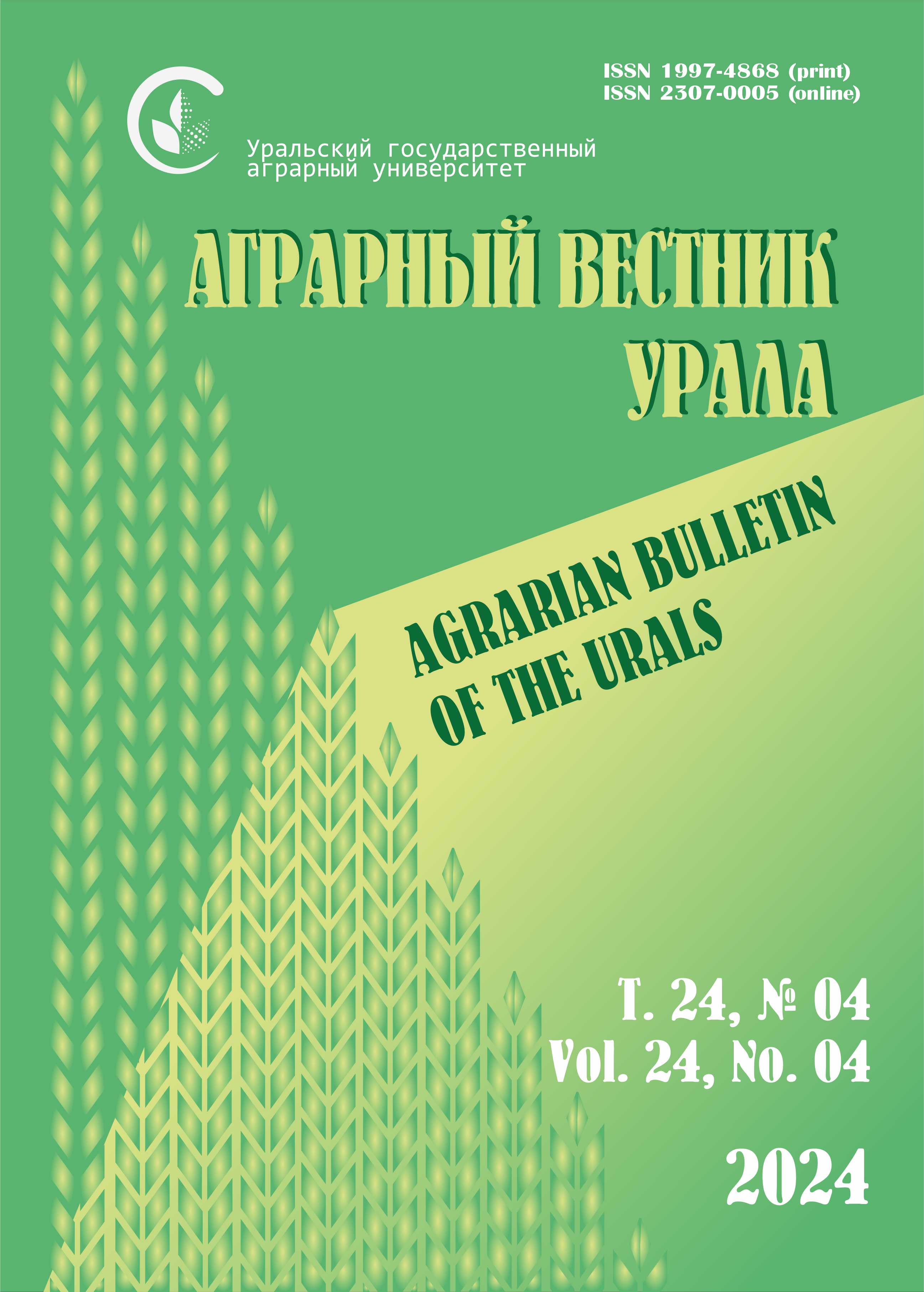Authors:
G. K. Bulakhtina
Precaspian Agrarian Federal Scientific Center of the Russian Academy of Sciences, Solenoe Zaymishche, Russia
E-mail: This email address is being protected from spambots. You need JavaScript enabled to view it.
Abstract. Purpose. The study is aimed at carrying out an adaptation assessment of arid fodder shrubs for the restoration of degraded pasture ecosystems in the semi-desert zone of southern Russia in the modern conditions of climate aridization. Methods. An assessment is given of the adaptive capabilities, including the field germination of seeds, the response to drought, the yield of fodder shrubs of leafless Calligonum aphyllum, Eurotia ceratoides, and Kochia prostratа in modern climatic conditions on light chestnut soils. Results. The studies were carried out in severe arid climatic conditions (lack of productive moisture in the soil throughout the summer period) on infertile soils (humus content – 0.68–0.74 %). Field germination of seeds was 24.9 (Calligonum aphyllum), 32.6 (Kochia prostratа), 75.6 (Eurotia ceratoides). For the selected shrubs, the best sowing dates were determined – November – January. By the third year of the growing season, the height of the plants was 84–110 cm, which will contribute to the retention of snow in the pasture. All studied fodder shrubs, from May to September, had a yield higher than the natural grass stand of the pasture by 1.8–4.5 times. Scientific novelty. All the shrubs under study showed a high adaptive life potential in the arid semi-desert conditions of the study region, including high drought resistance, low demands on soil fertility and a long growing season (140–270 days), high productivity, which exceeded the natural herbage. The use of these shrubs in the restoration of degraded pastures will not only increase their productivity by 43–79 %, but also the nutritional value in terms of feed units by 1.3 times, in terms of digestible protein – by 1.7 times. All this will make it possible to increase the forage capacity of the restored pastures.
Keywords: desertification, arid pasture ecosystems, field germination, fodder shrubs, nutritional value, productivity.
For citation: Bulakhtina G. K. Izuchenie adaptivnogo potentsiala kormovykh kustarnikovykh rasteniy dlya ispol’zovaniya v vosstanovlenii degradirovannykh polupustynnykh pastbishchnykh ekosistem [Study of the adaptive potential of fodder shrubs for use in the restoration of degraded semi-desert pasture ecosystems] // Agrarian Bulletin of the Urals. 2022. No. 01 (216). Pp. 2–11. DOI: 10.32417/1997-4868-2022-216-01-2-11. (In Russian.)
Download the full text of the article











